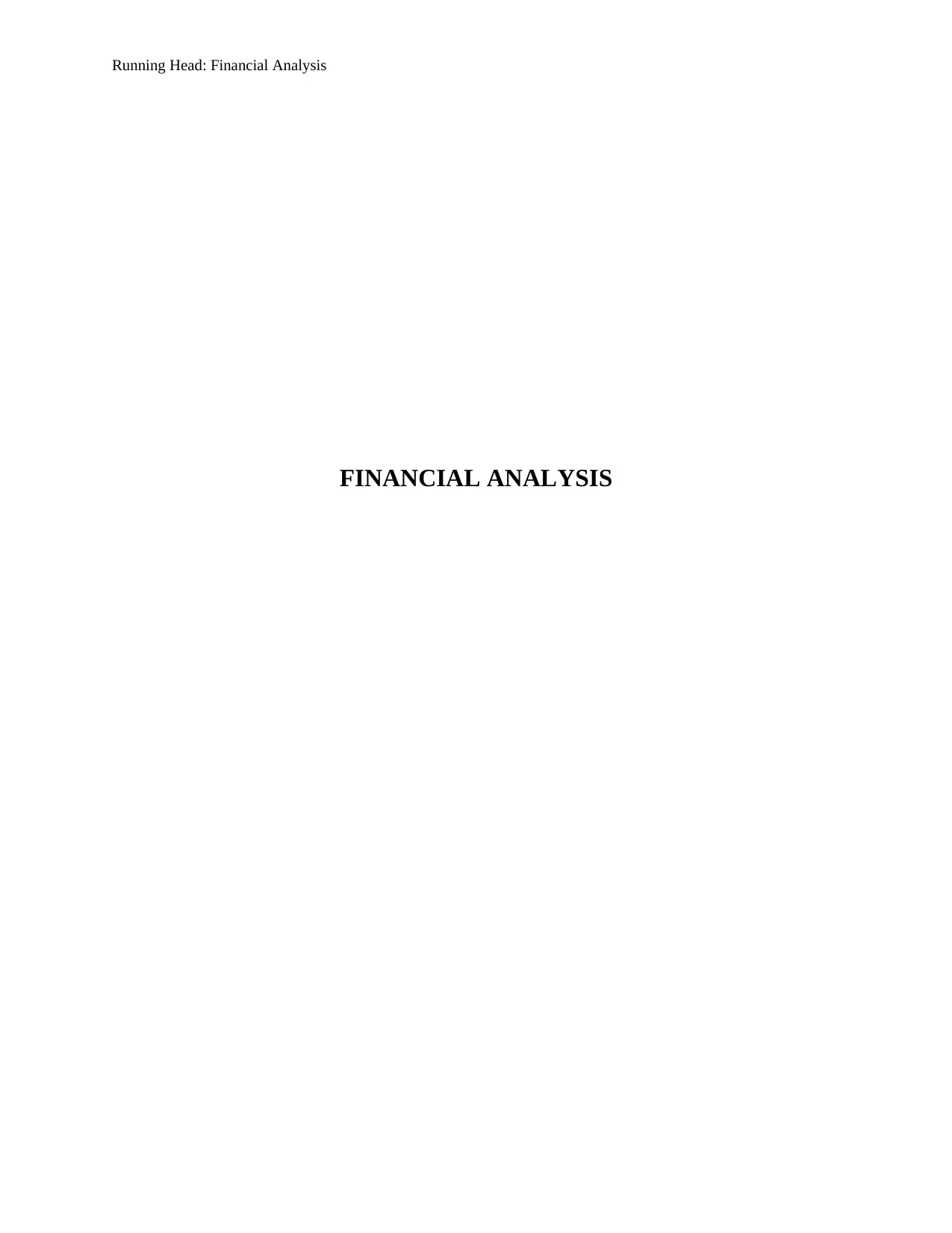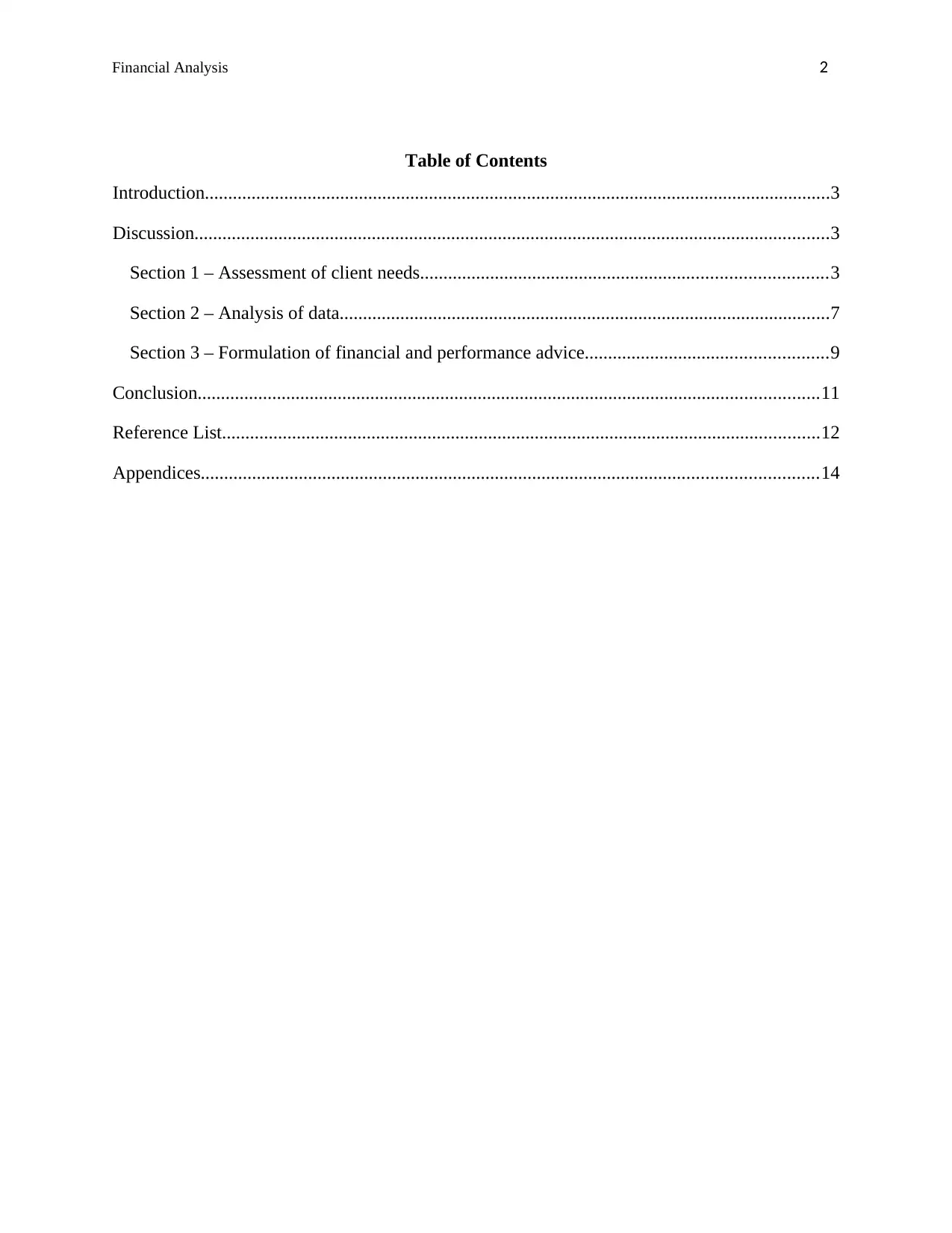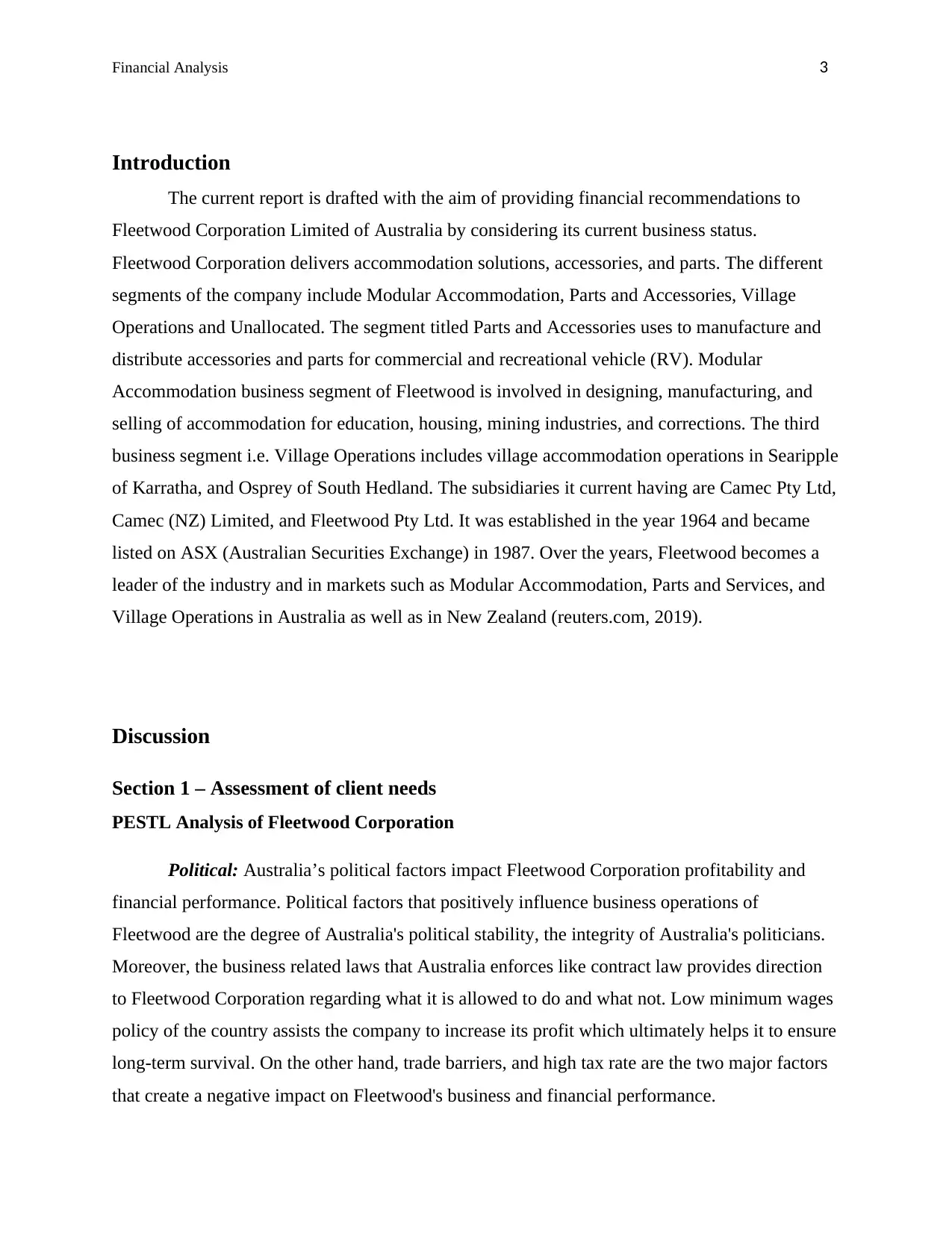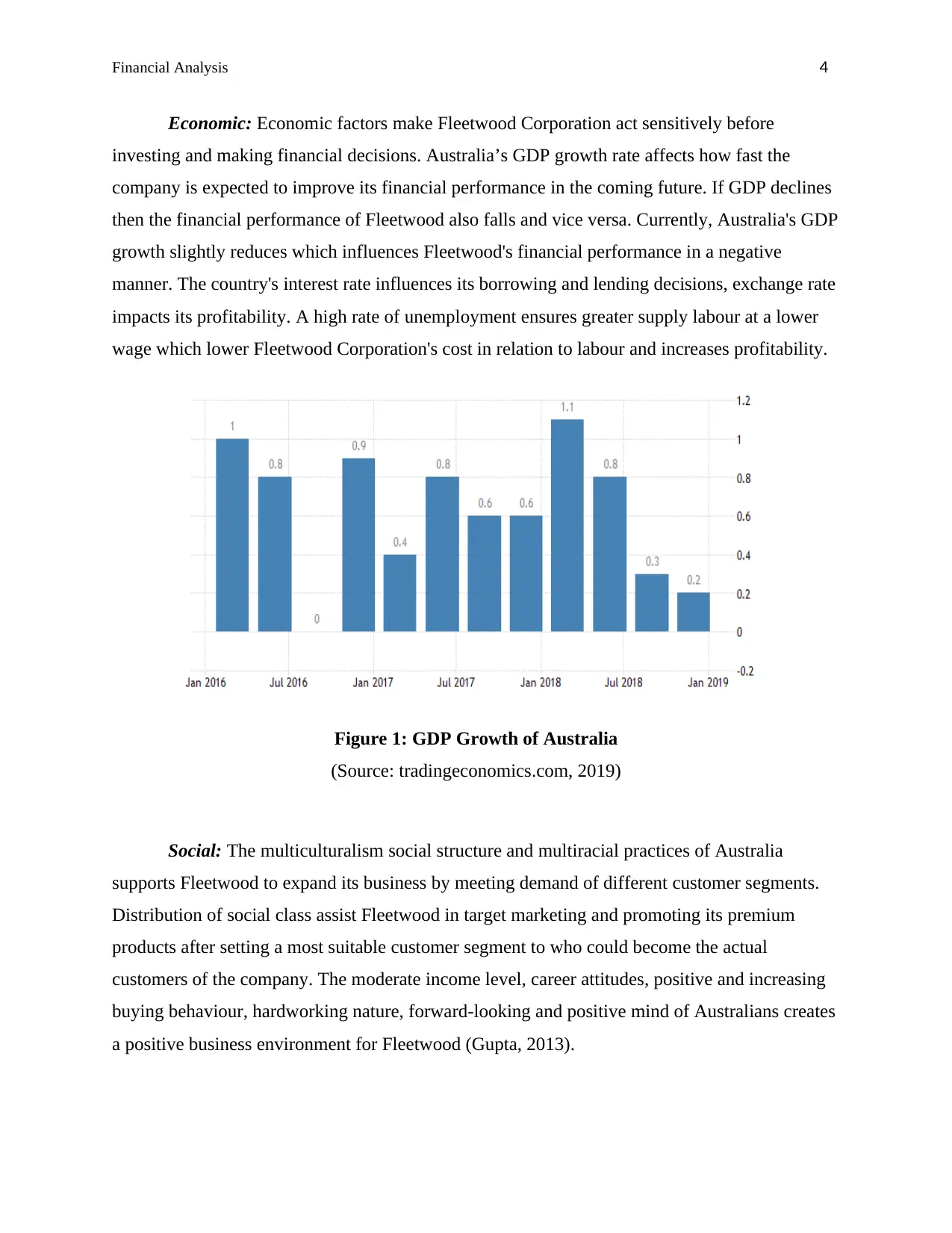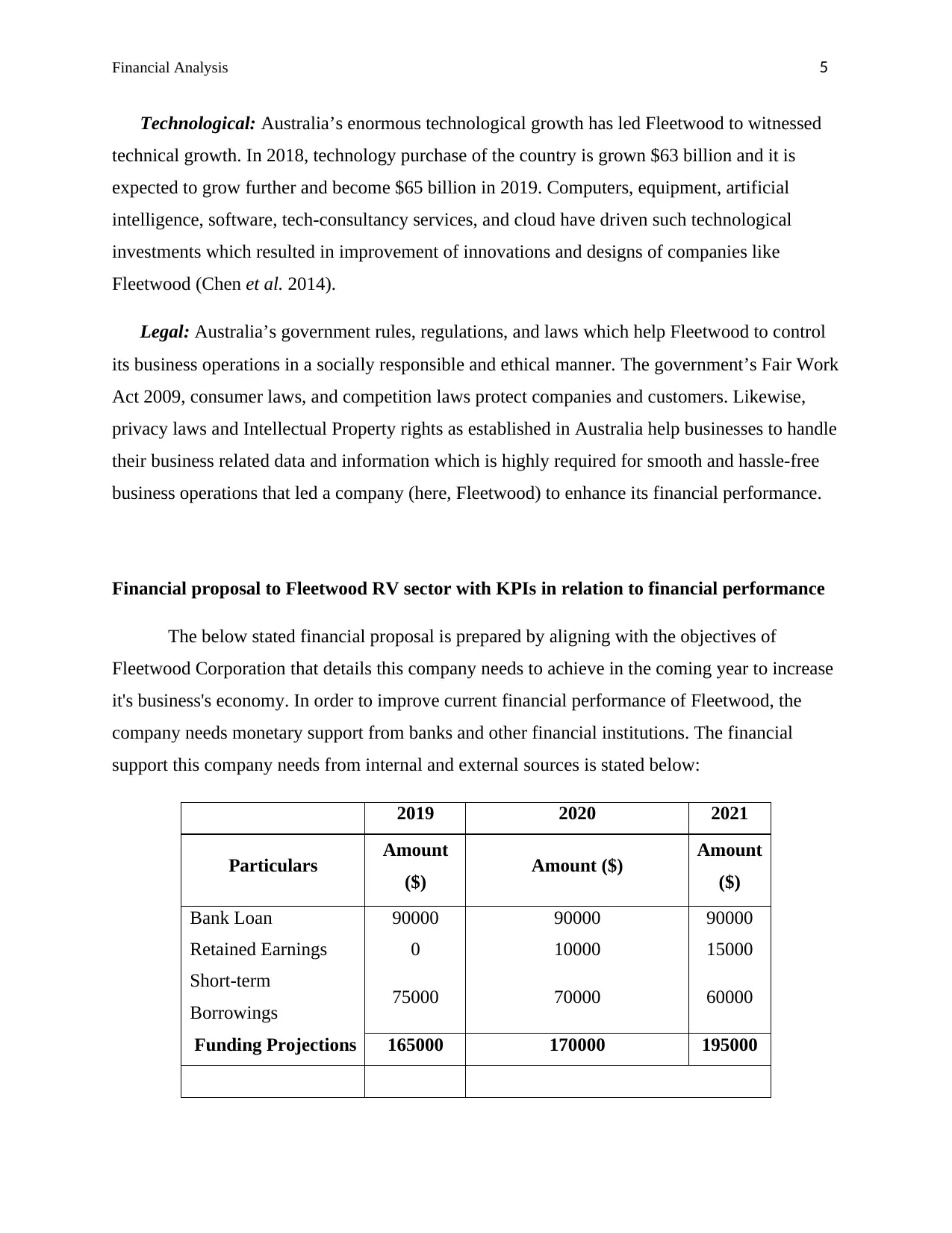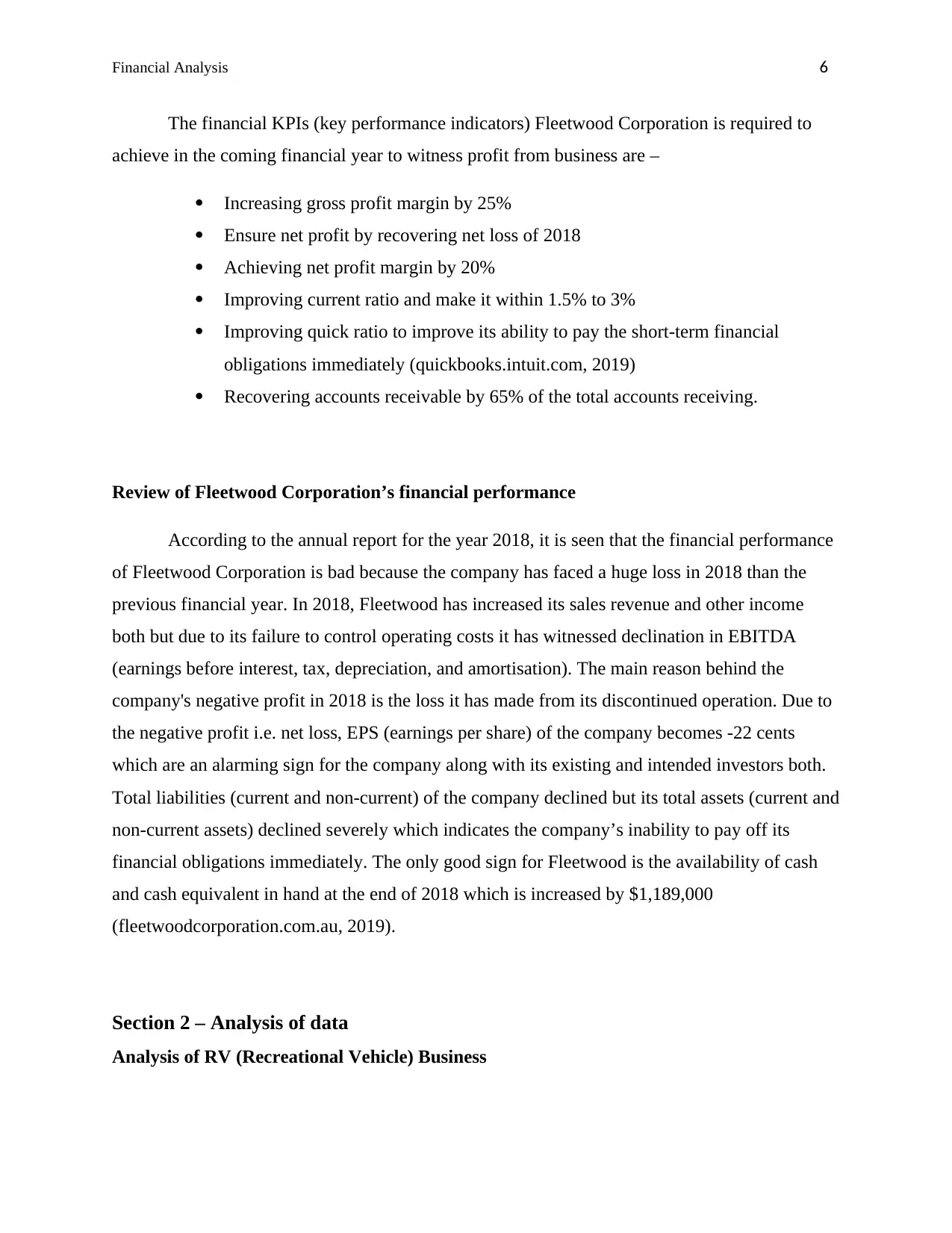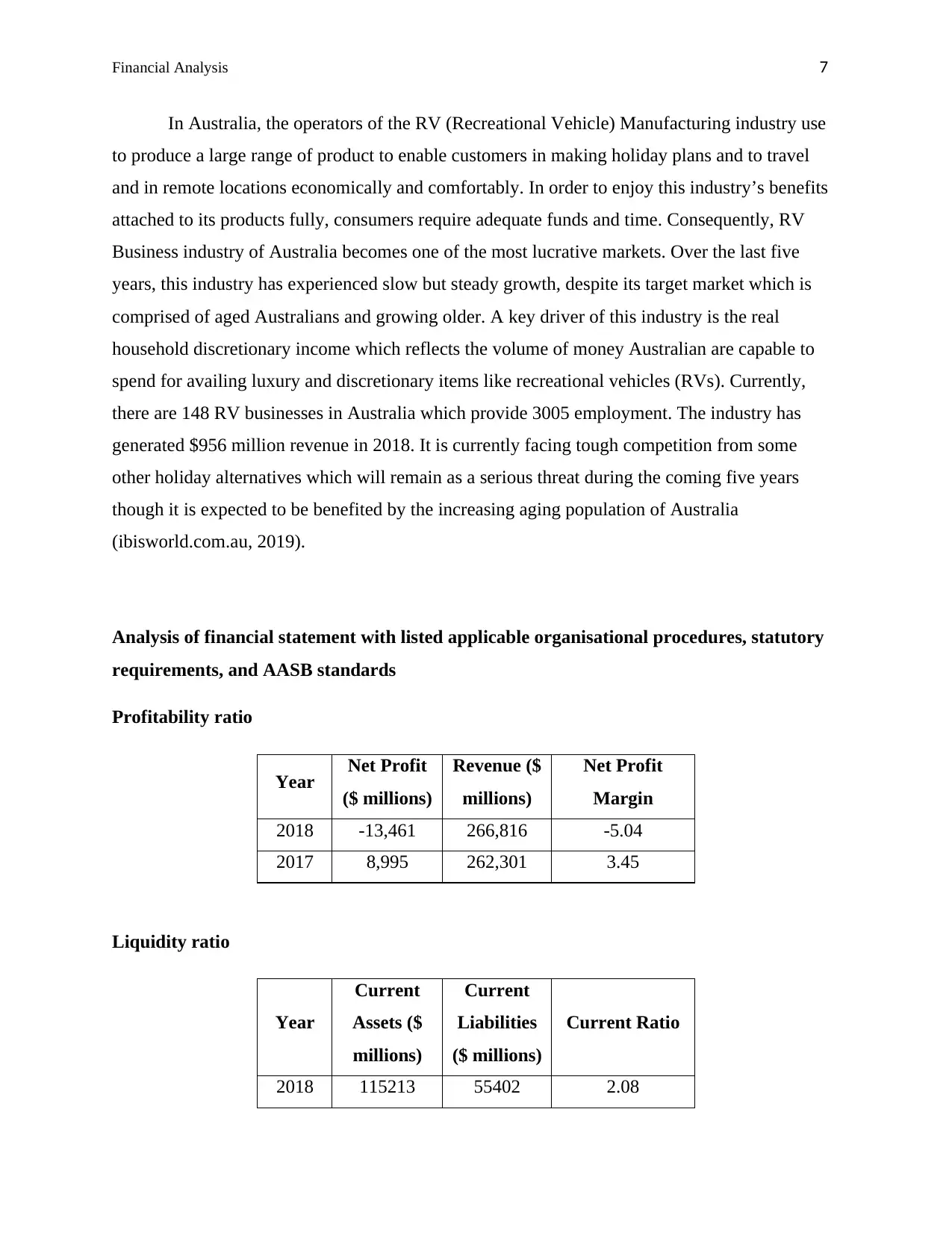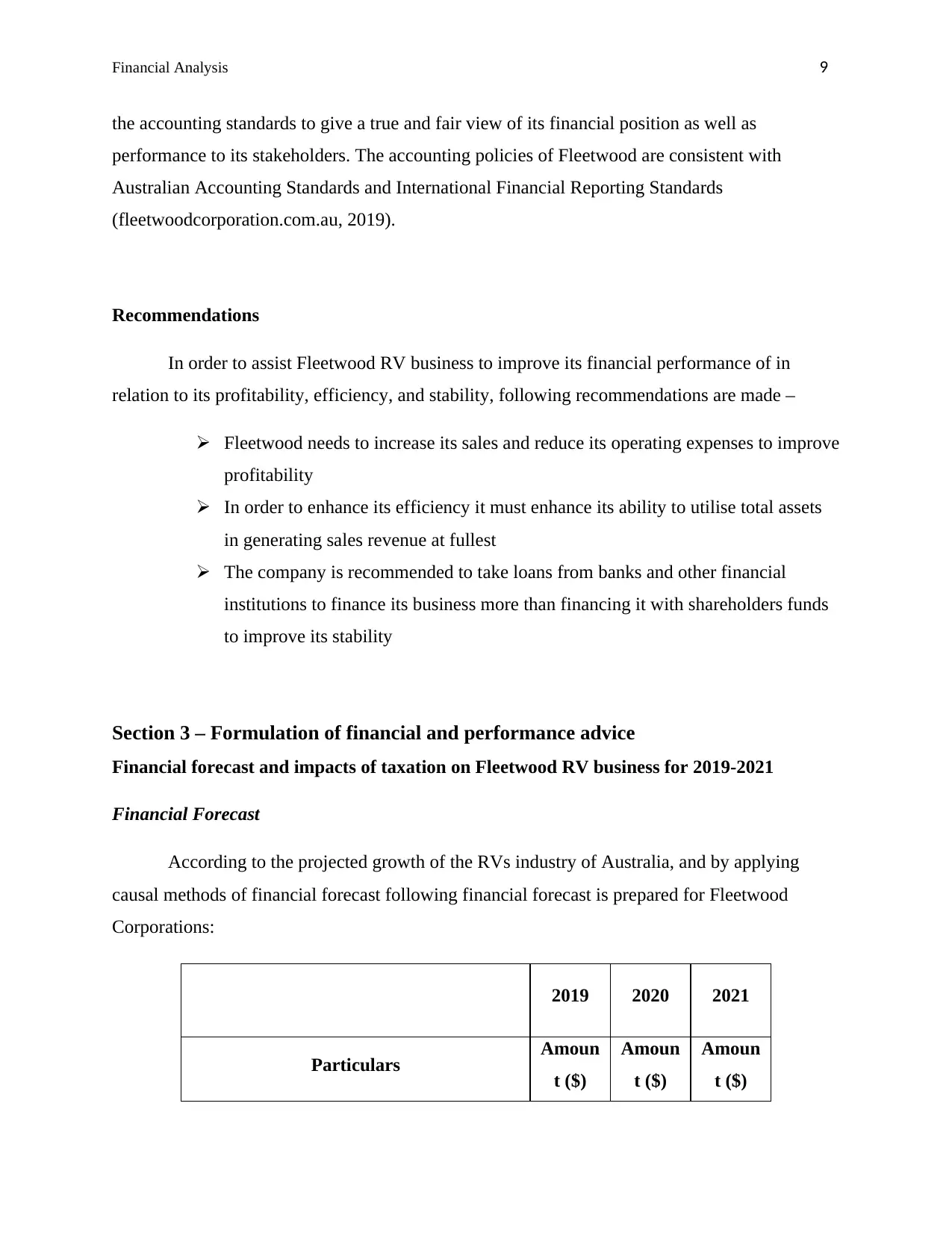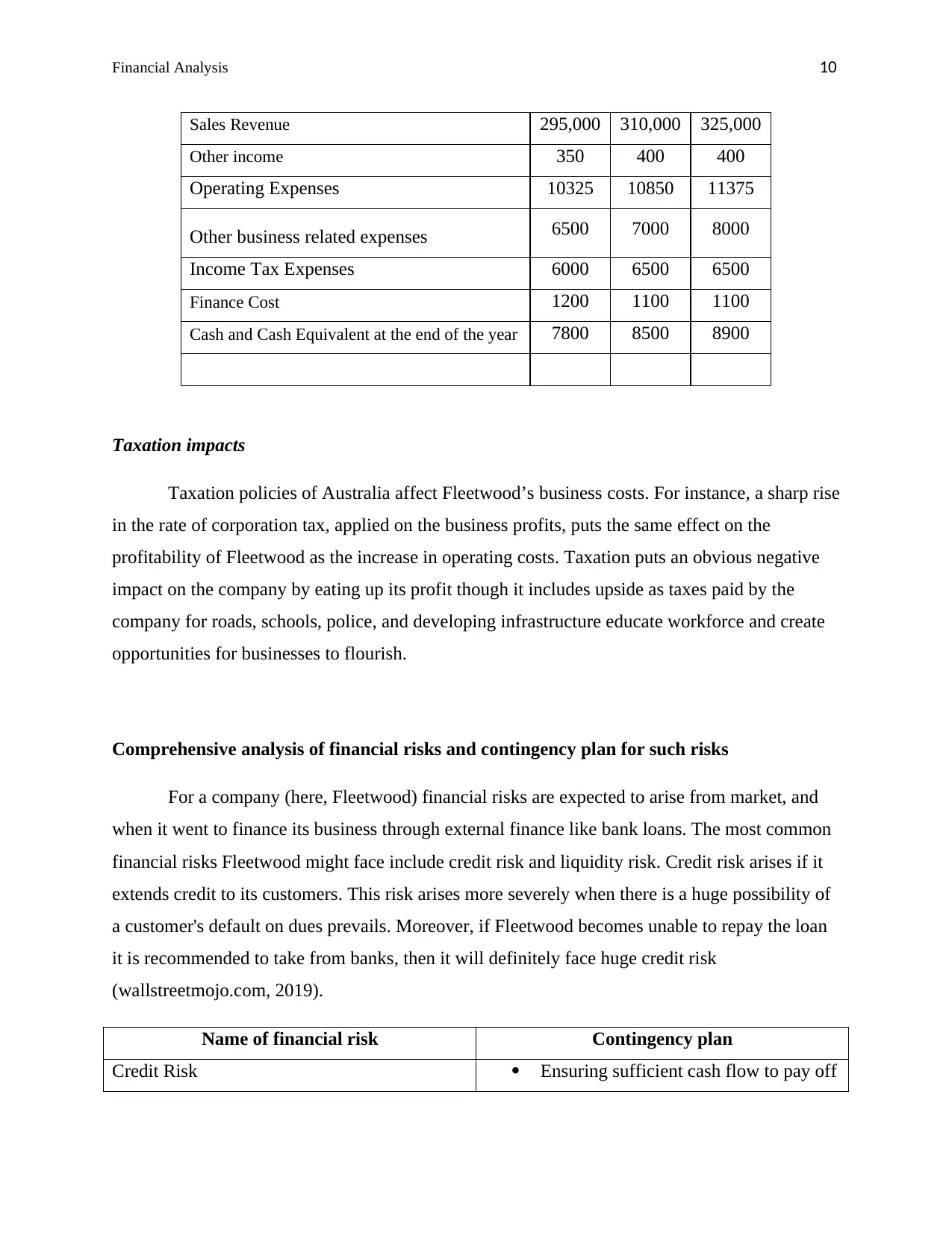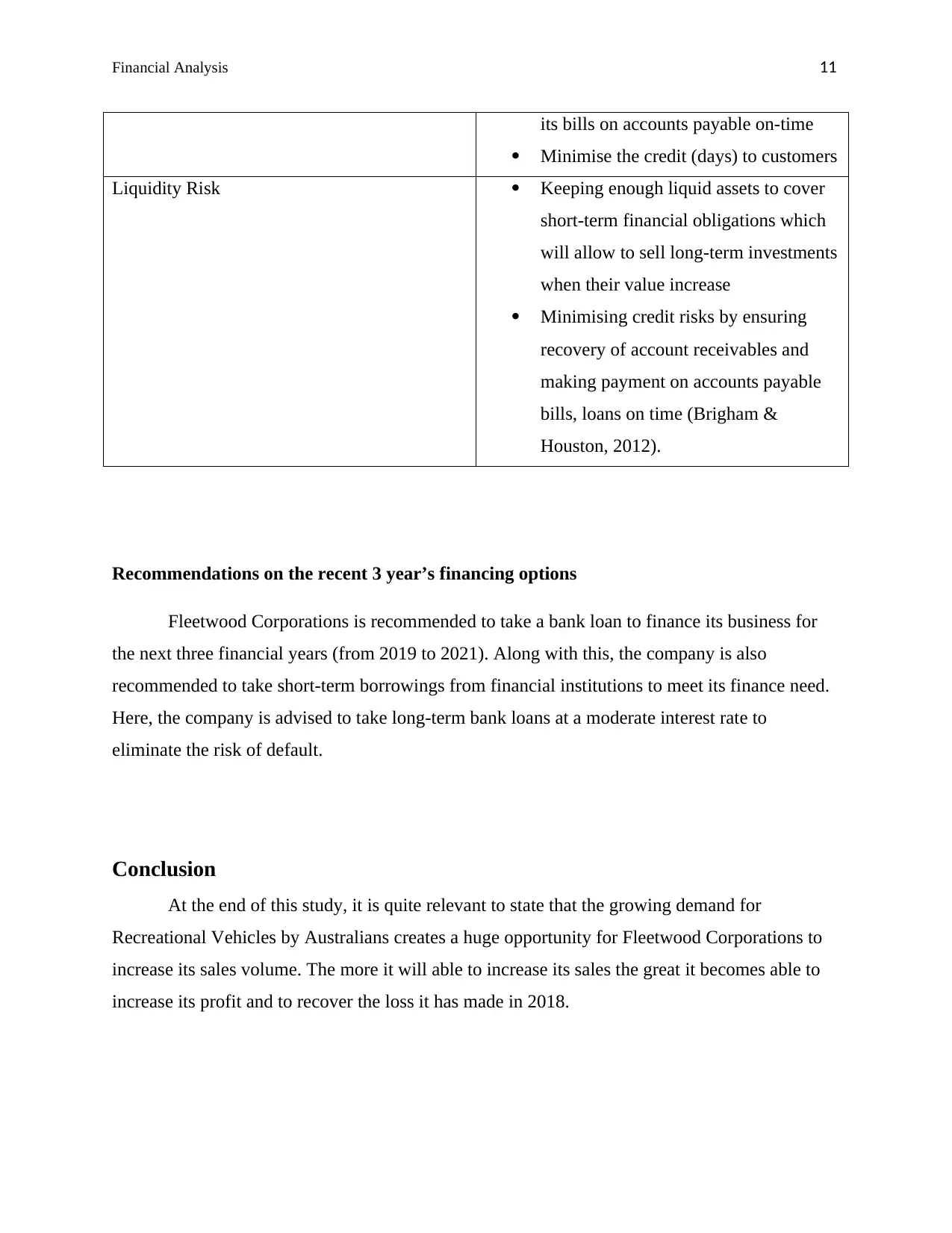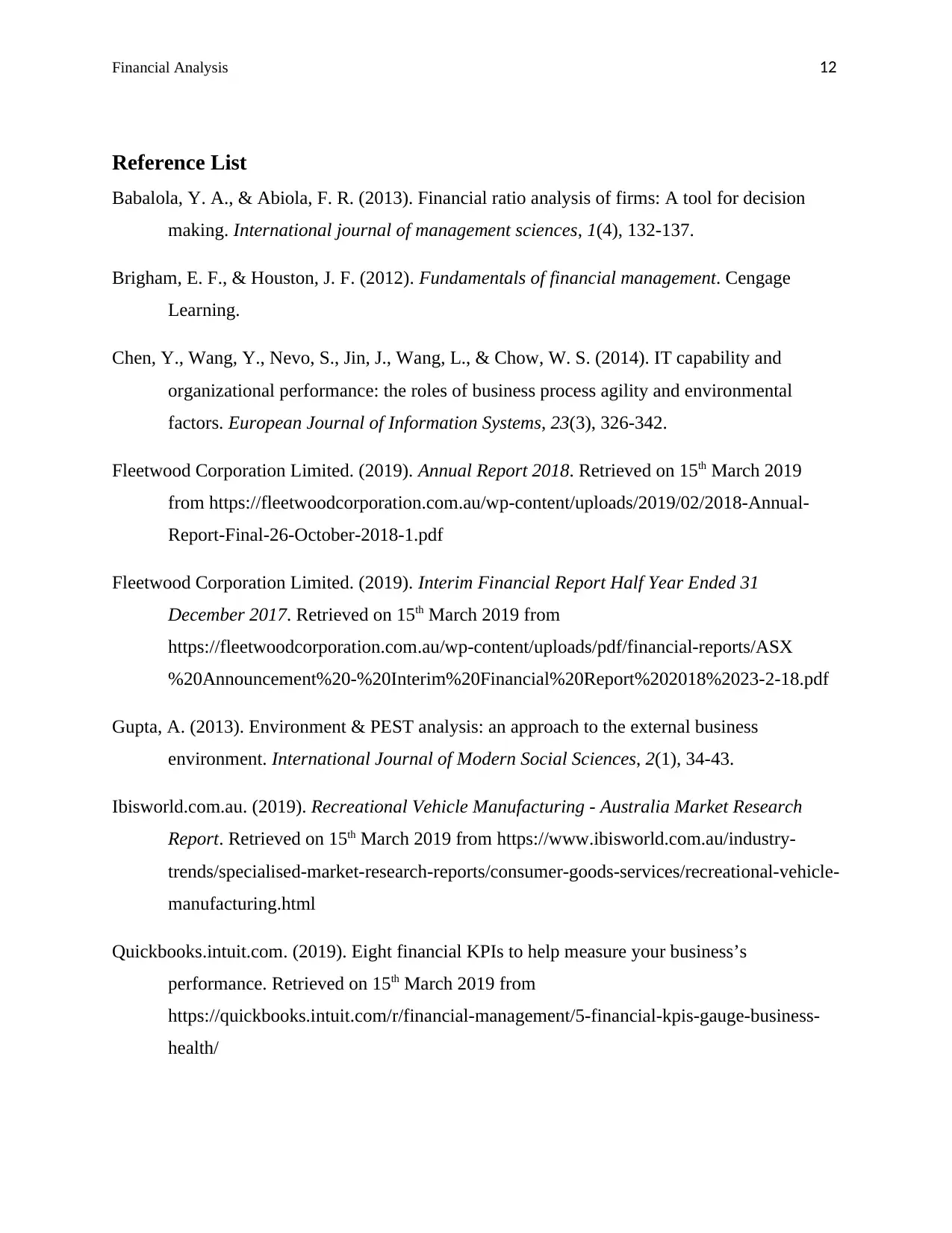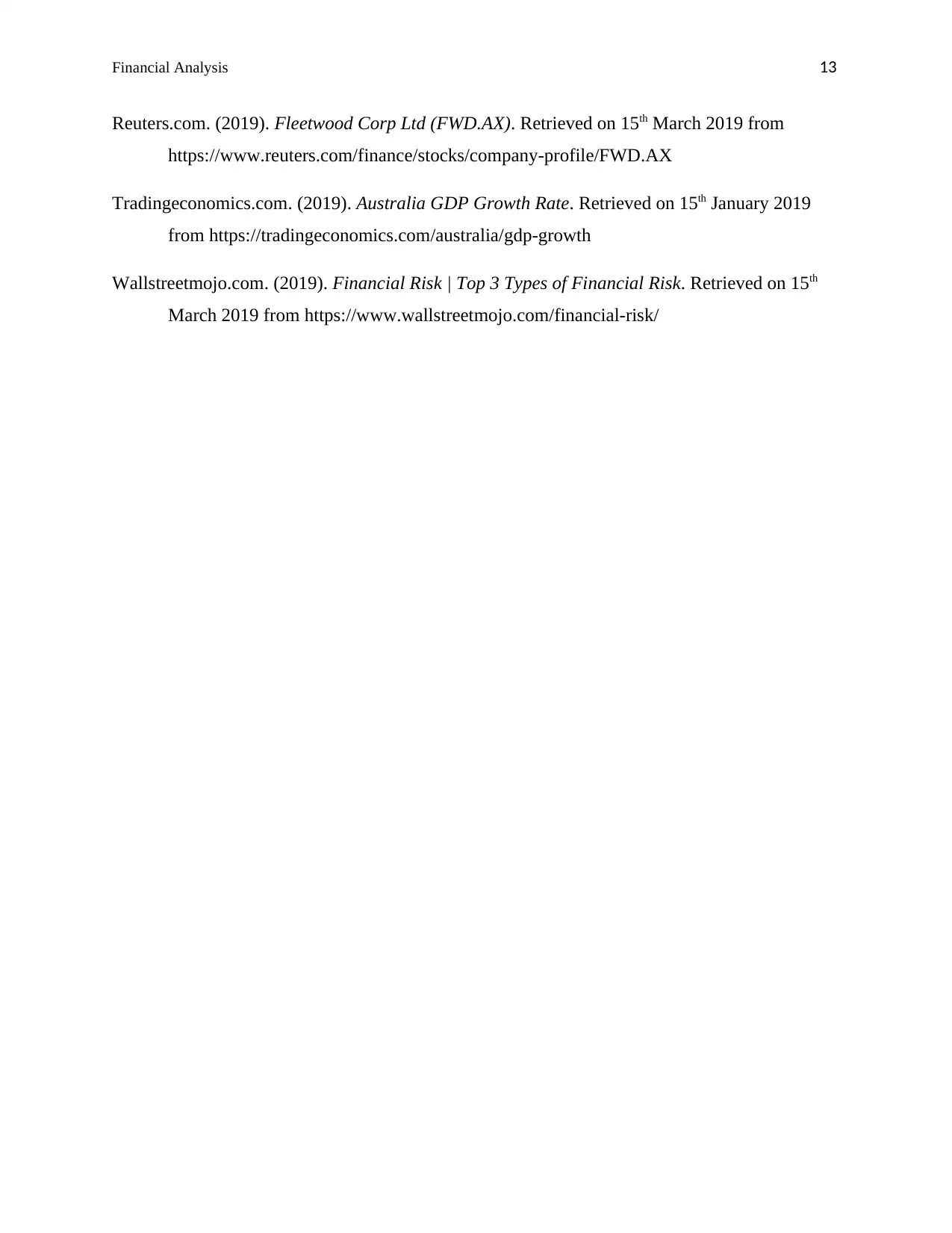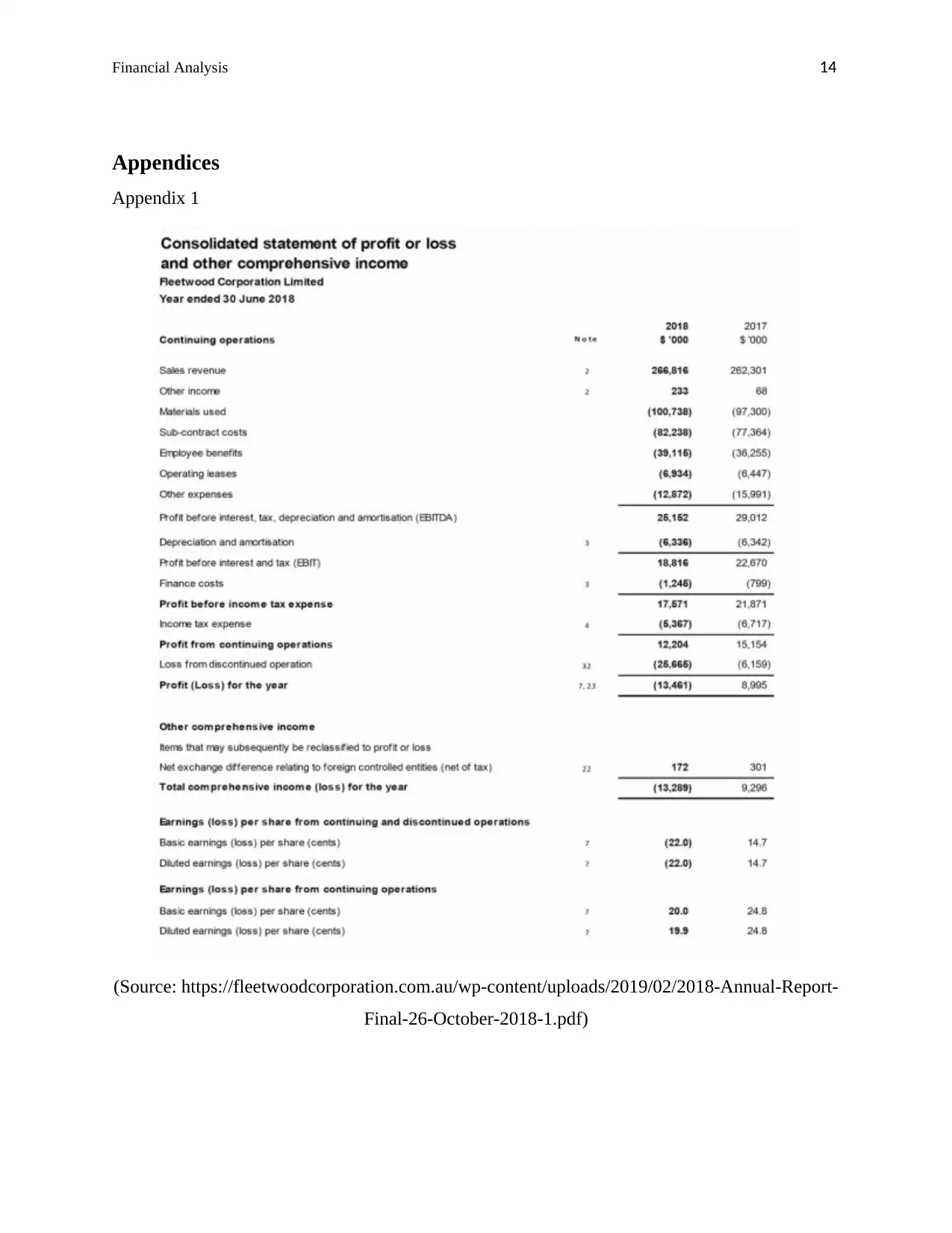The report provides a comprehensive analysis of the financial risks and contingency plans for Fleetwood Corporation, an Australian Recreational Vehicle manufacturer. The most significant financial risks faced by the company include credit risk and liquidity risk. To mitigate these risks, the company is recommended to ensure sufficient cash flow, minimize credit days to customers, and maintain liquid assets. Additionally, the report recommends that Fleetwood take a bank loan and short-term borrowings from financial institutions to finance its business for the next three years. Overall, the growing demand for Recreational Vehicles in Australia presents an opportunity for Fleetwood to increase its sales volume and recover losses made in 2018.
![[object Object]](/_next/static/media/star-bottom.7253800d.svg)
![[object Object]](/_next/static/media/star-bottom.7253800d.svg)
